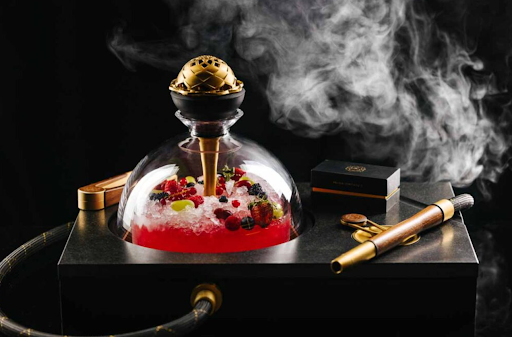The modern bra is more than just a wardrobe essential—it’s a symbol of innovation, empowerment, and personal style. Over the decades, bras have evolved dramatically, reflecting changes in fashion, culture, and women’s needs. What began as a utilitarian garment has now blossomed into a versatile and stylish staple, offering comfort, beauty, and support in equal measure.
The Early Foundations
The history of the bra stretches back to the early 20th century, when women began moving away from restrictive corsets in favour of more practical undergarments. The first versions of the modern bra, introduced around 1914, were simple and functional, made from modest fabrics like cotton and linen. These early designs prioritised structure and concealment, with little attention to aesthetics.
As society progressed, so did lingerie. By the 1940s and 1950s, bras began incorporating shaped cups and underwire for better support, giving rise to iconic silhouettes like the bullet bra. The focus remained largely on shaping and lifting the bust, but style was slowly becoming a factor, with satin, lace, and decorative stitching making appearances.
Fashion Meets Function
By the 1960s and 1970s, the bra was no longer just a necessity—it had become a fashion statement. The feminist movement also played a role during this era, with some women rejecting bras altogether as a symbol of societal constraints. In response, lingerie brands began designing more comfortable and less restrictive options, including bralettes and soft-cup bras.
The 1980s and 1990s brought a surge of innovation. Padded bras, push-ups, and strapless designs took centre stage as fashion leaned toward body-conscious clothing. Women now demanded bras that could adapt to different outfits while enhancing their natural shape. Lace underwear and matching sets grew in popularity, blending sensuality with practicality. Lace, once considered purely ornamental, was now appreciated for its stretch, breathability, and visual appeal, becoming a staple in modern lingerie drawers.
Technology and Personalisation
In the 21st century, technology revolutionised the bra industry. New materials like microfiber, memory foam, and seamless knits allowed for better fit and enhanced comfort. Wireless bras gained traction, offering support without sacrificing flexibility. Custom-fit solutions emerged through 3D scanning and AI-assisted bra fitting, ensuring that women could find their perfect match without compromise.
Sustainability also became a priority, with many brands turning to eco-friendly fabrics and ethical manufacturing practices. Consumers now care as much about the story behind their bra as they do about the feel and fit. Inclusive sizing, gender-neutral options, and adaptive bras for medical and mobility needs reflect a more thoughtful and diverse approach to lingerie design.
Where Style Shines
Today’s bras are a celebration of individuality. Whether it’s a minimalist nude T-shirt bra, a colourful sports bra, or a luxurious lace creation, there’s something for every body type and lifestyle. Lace underwear continues to play a starring role, elevating everyday wear with a hint of elegance and intimacy. Soft, stretchable lace bras blur the line between comfort and couture, proving that beauty doesn’t need to come at the expense of ease.
Designers now create bras with the understanding that women wear them for themselves, not just for function or for others. This shift in mindset is perhaps the most significant evolution of all. Style and support are no longer mutually exclusive but are designed to coexist in perfect harmony.
Final Thoughts
The journey of the bra is a mirror to societal change, adapting to women’s roles, preferences, and identities. From rigid corsetry to breathable lace, from one-size-fits-all to personalised comfort, the modern bra is a true fusion of form and function. As technology and inclusivity continue to reshape the fashion world, the future of bras looks more supportive, stylish, and empowering than ever before.

